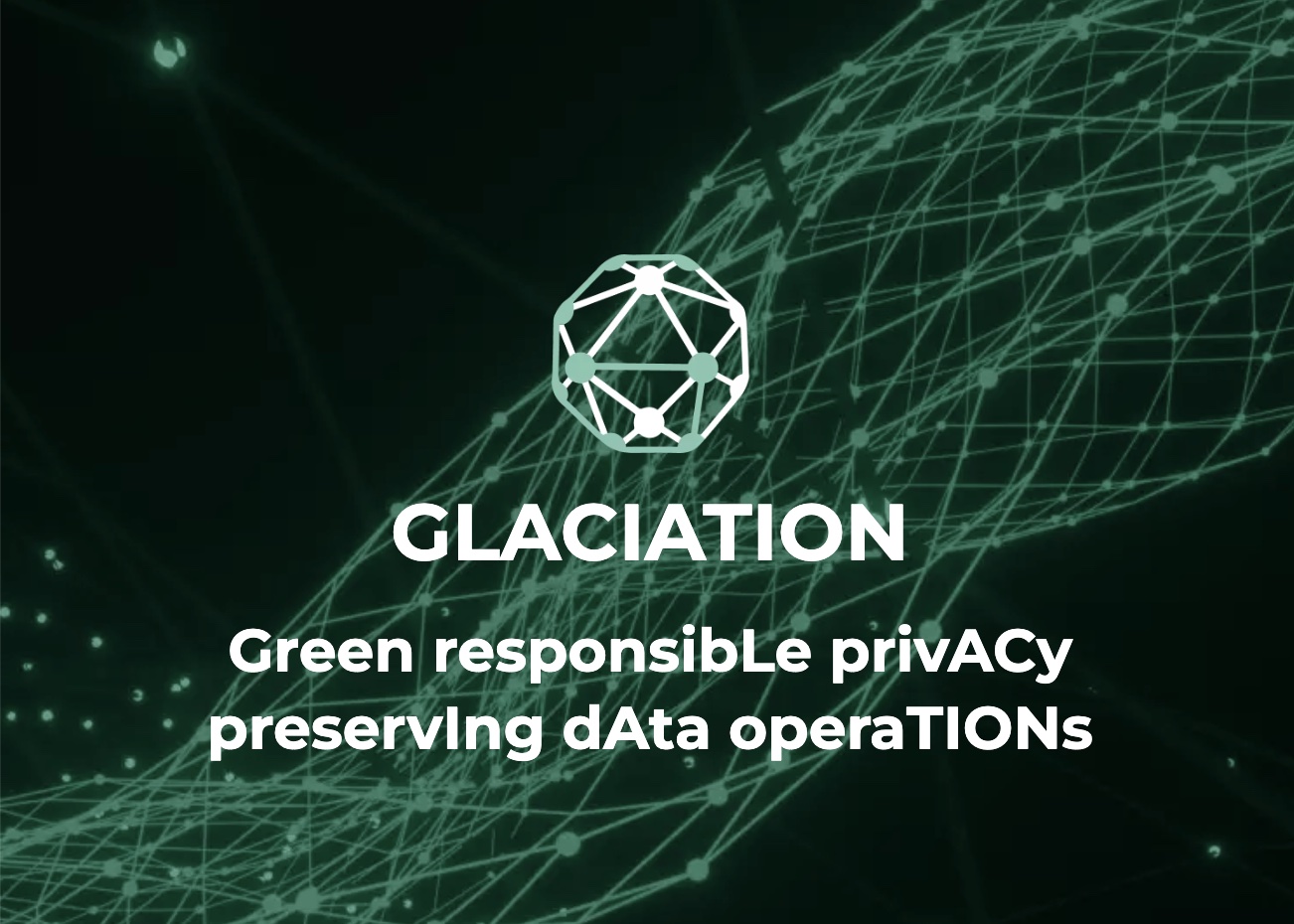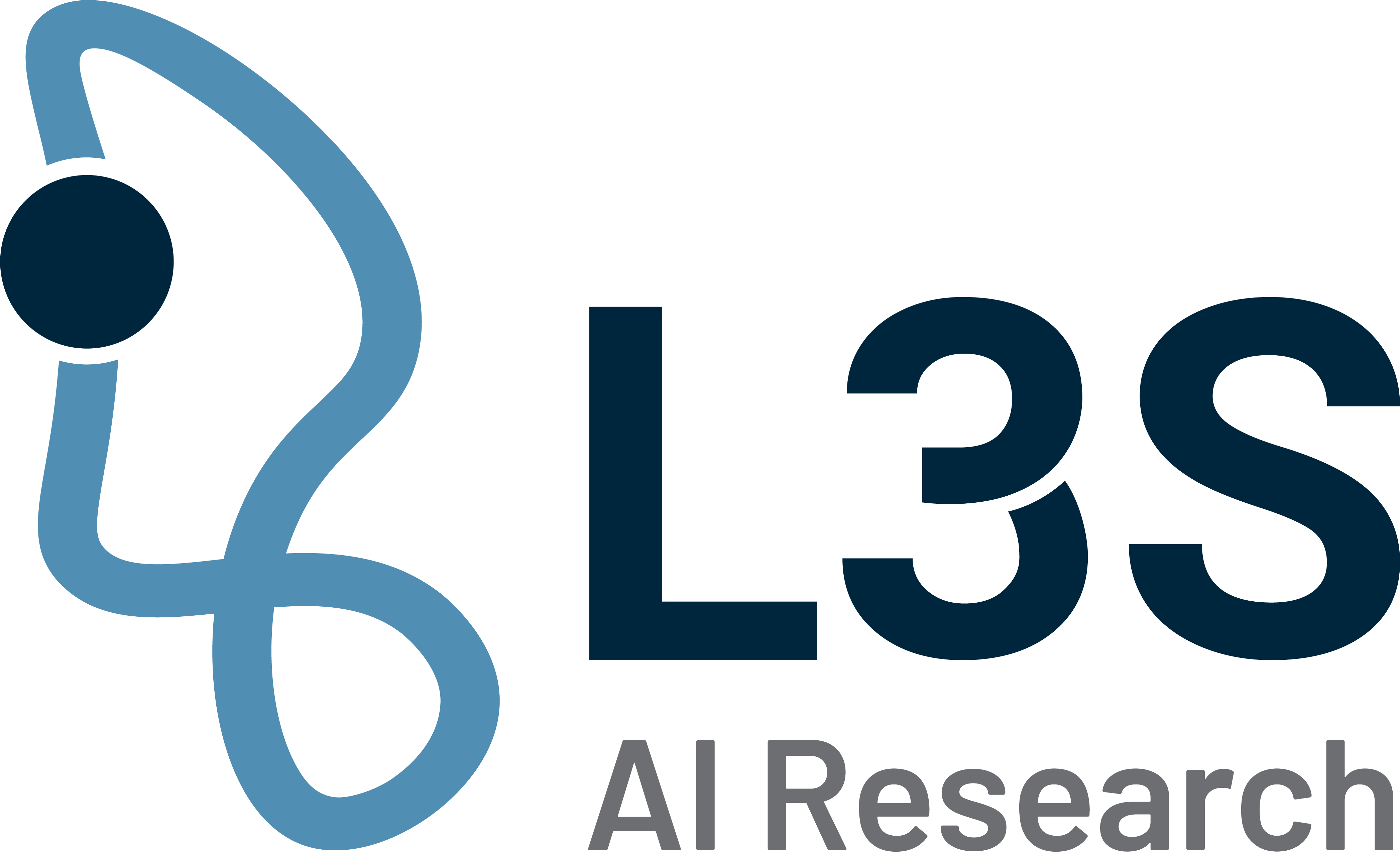©The image generated by Magic Media.
Energy-efficient Data Operations
Out of the cloud
In data processing, the trend is moving from centralized cloud computing to the edge of the data ecosystem, where more and more users are generating, collecting and sharing more and more data via various devices and applications. If the huge amounts of data do not have to travel long distances to central data centers, energy consumption decreases, latency times become shorter and reliability increases. Data processing will therefore continue to move to the edge of the data ecosystem. However, current approaches to optimization focus on cloud infrastructures and ignore the cost, energy consumption and efficiency of data movement in a distributed infrastructure.
In the EU-funded project Green responsible privacy preserving data operations, GLACIATION for short, the L3S research center is working as part of a consortium of 15 companies, research centers and universities to reduce the energy consumption of data processing – by optimizing data movements between the edge and the cloud.
A practical trial is underway at project partner Dell Technologies. The IT company has developed edge computing solutions for intelligent manufacturing that are designed to make processes more efficient with the help of collaborative robots (cobots) and autonomous robots (tugbots). In the project, the data collected by the robots is analyzed in order to understand and optimize processes and thus reduce energy consumption to a minimum.
Another GLACIATION pilot project aims to decentralize data processing in Italy’s public administration. Until now, employee data has been recorded and processed centrally, for example to create pay slips. The decentralized approach aims to reduce energy consumption, processing time and data movements. The project is working on an AI solution that will optimally process employees’ attendance times recorded on site.
However, the project partners face a number of challenges: For example, the project must support data centricity by enabling energy-efficient data flows across the edge with decentralized operations and AI training. To allow for local optimizations, it must also integrate micro AI models distributed across the continuum between edge and cloud.
At L3S, Dr. Javad Chamanara and his team are developing a distributed knowledge graph to model and describe the edge-core-cloud continuum. Building on this, the researchers are working on a series of AI-powered operations to control data and workload movements and comply with security and privacy policies. By minimizing data movement with AI and optimizing the location where analysis is performed, energy consumption is reduced.
As companies usually have concerns about exchanging and sharing their data across company boundaries, the scientists use different technologies to ensure data protection. These include secure multi-party computation, differential privacy and federated and swarm-based learning. The focus of GLACIATION is on cross-company asset performance management: manufacturers gain insights from their customers, for example on machine maintenance, without revealing sensitive business details.
Contact

Dr.-Ing. Javad Chamanara
Javad Chamanara leads the Industrial Data Management Group in the Joint Lab of L3S and TIB. The research group works on innovative machine learning models and solutions for the optimization of industrial processes or the use of industrial data for optimization.


